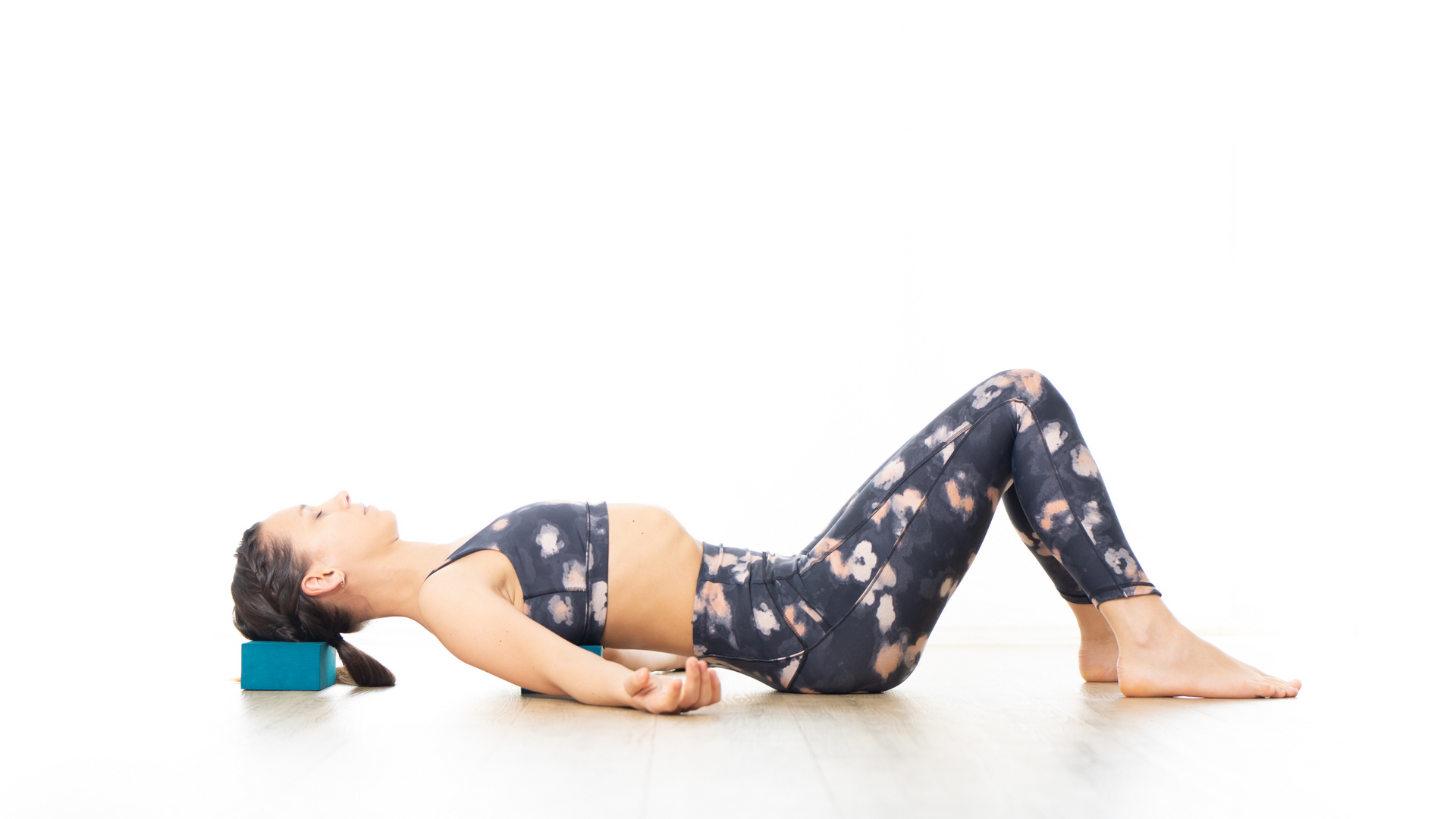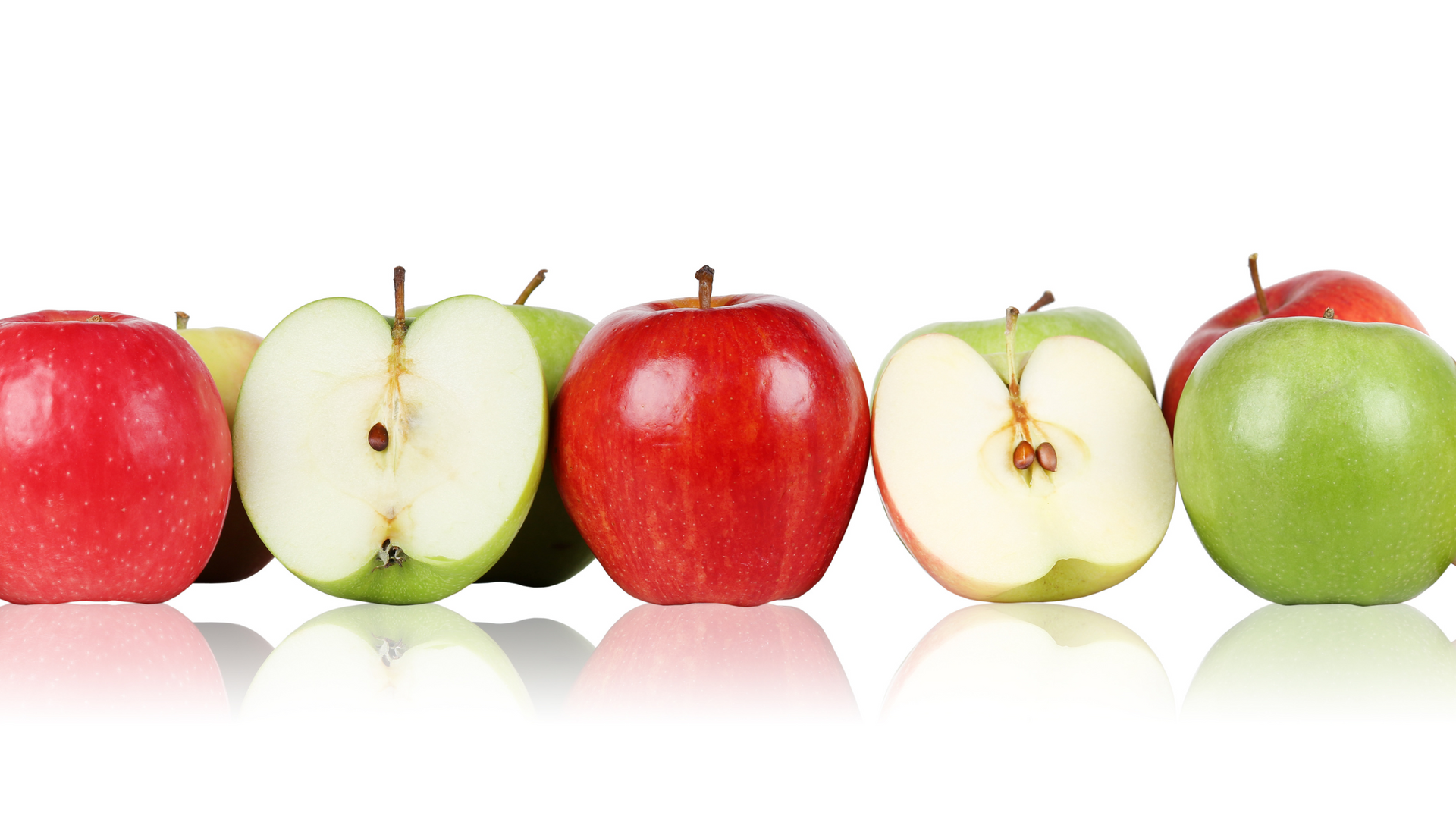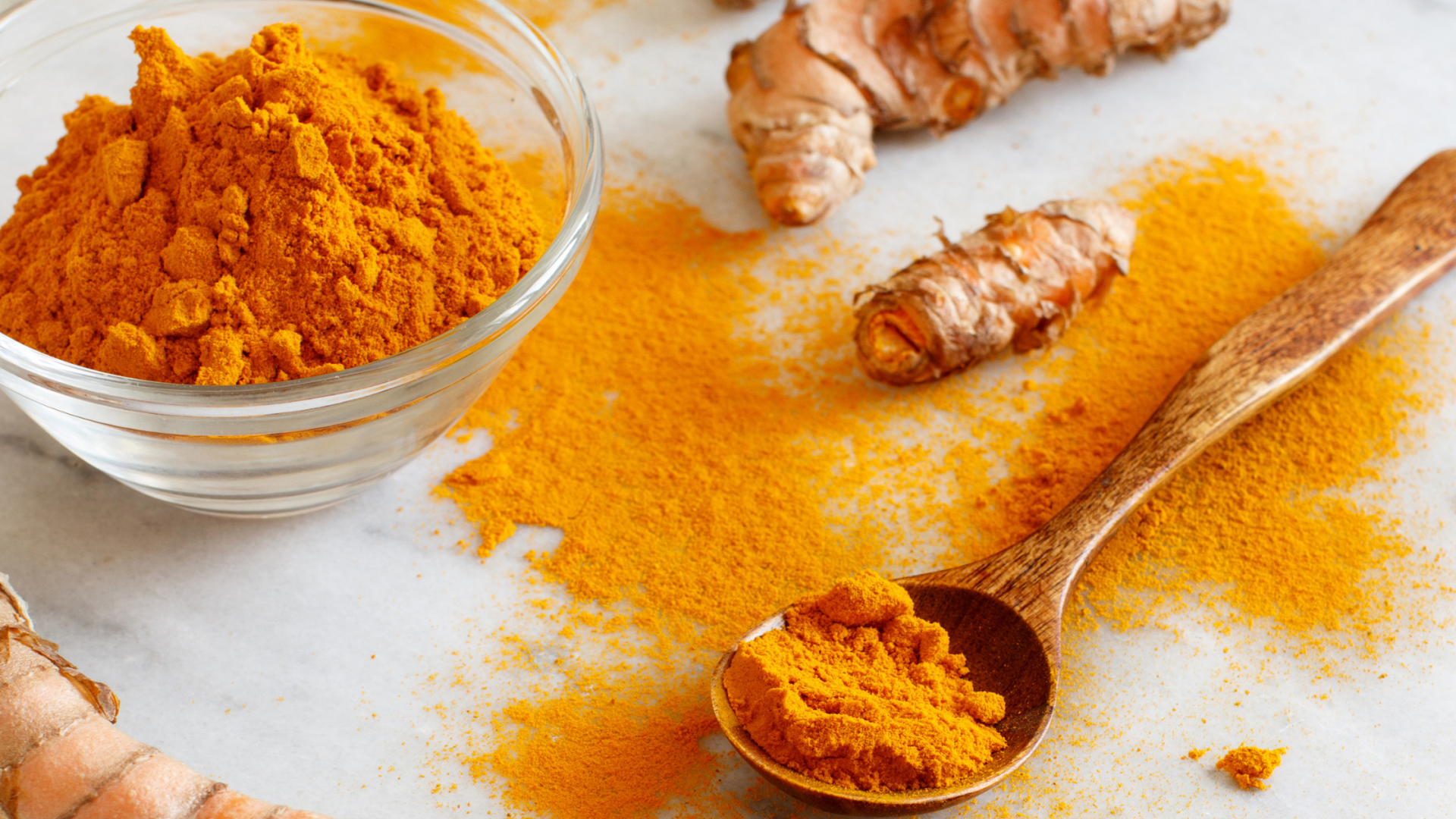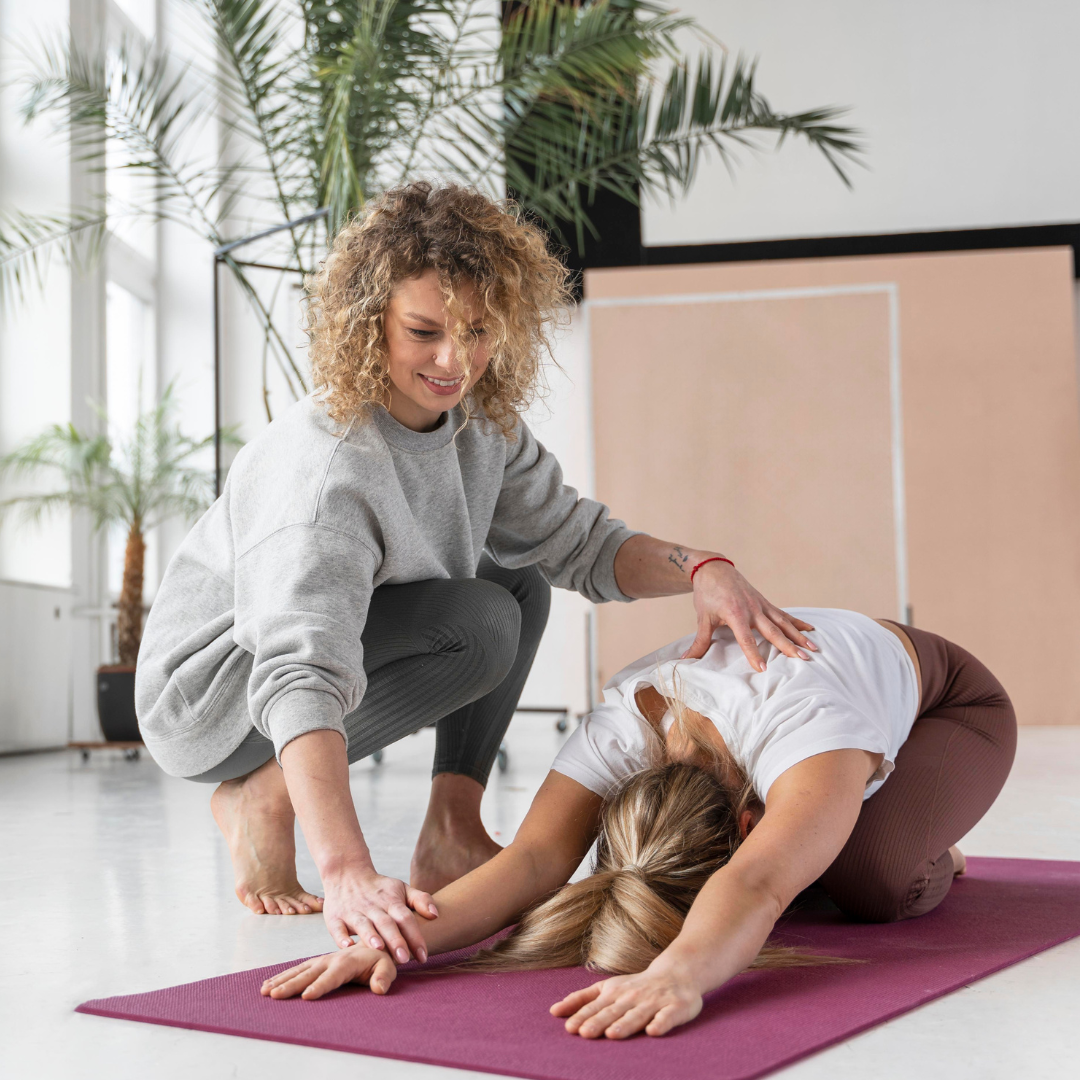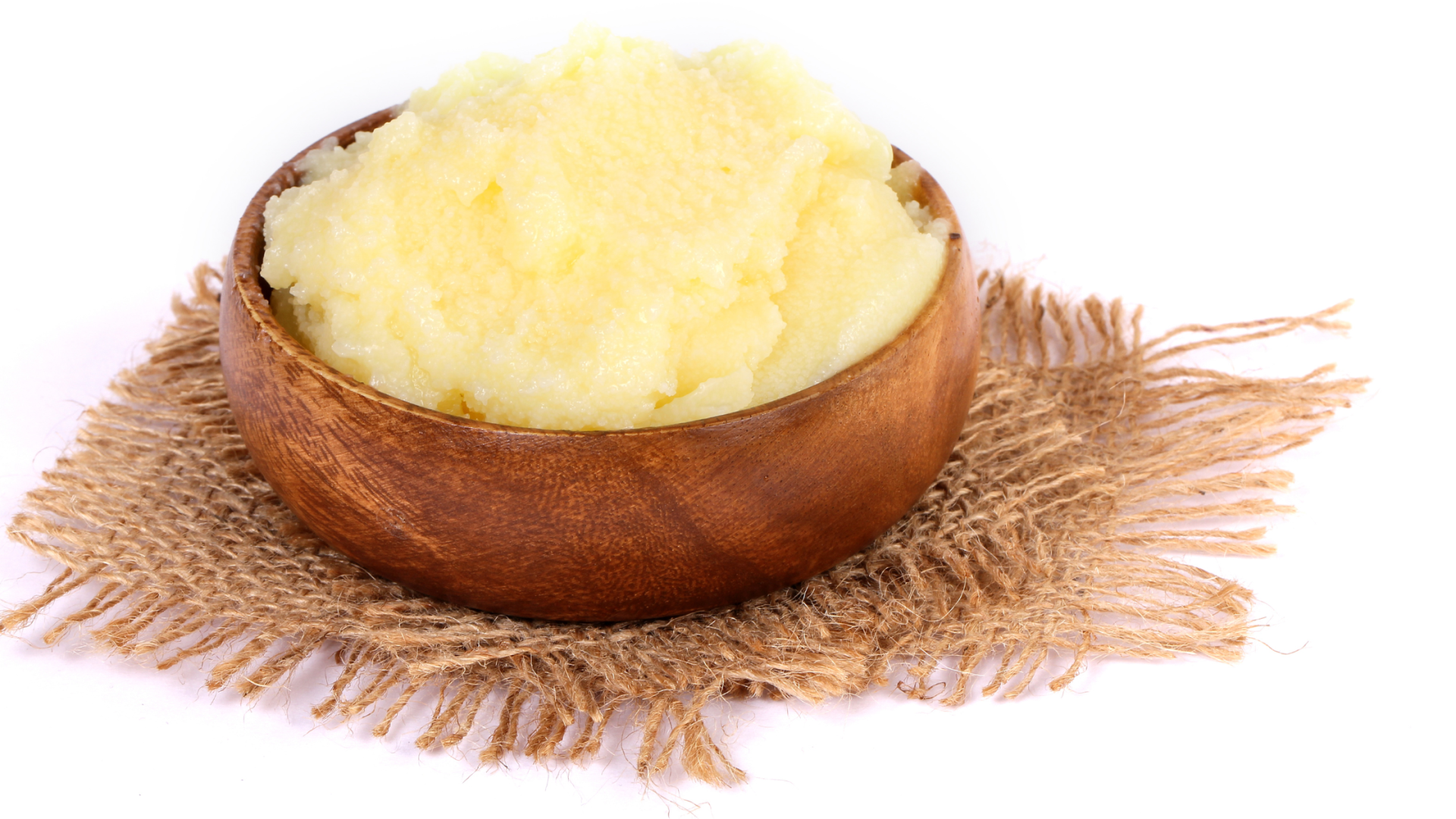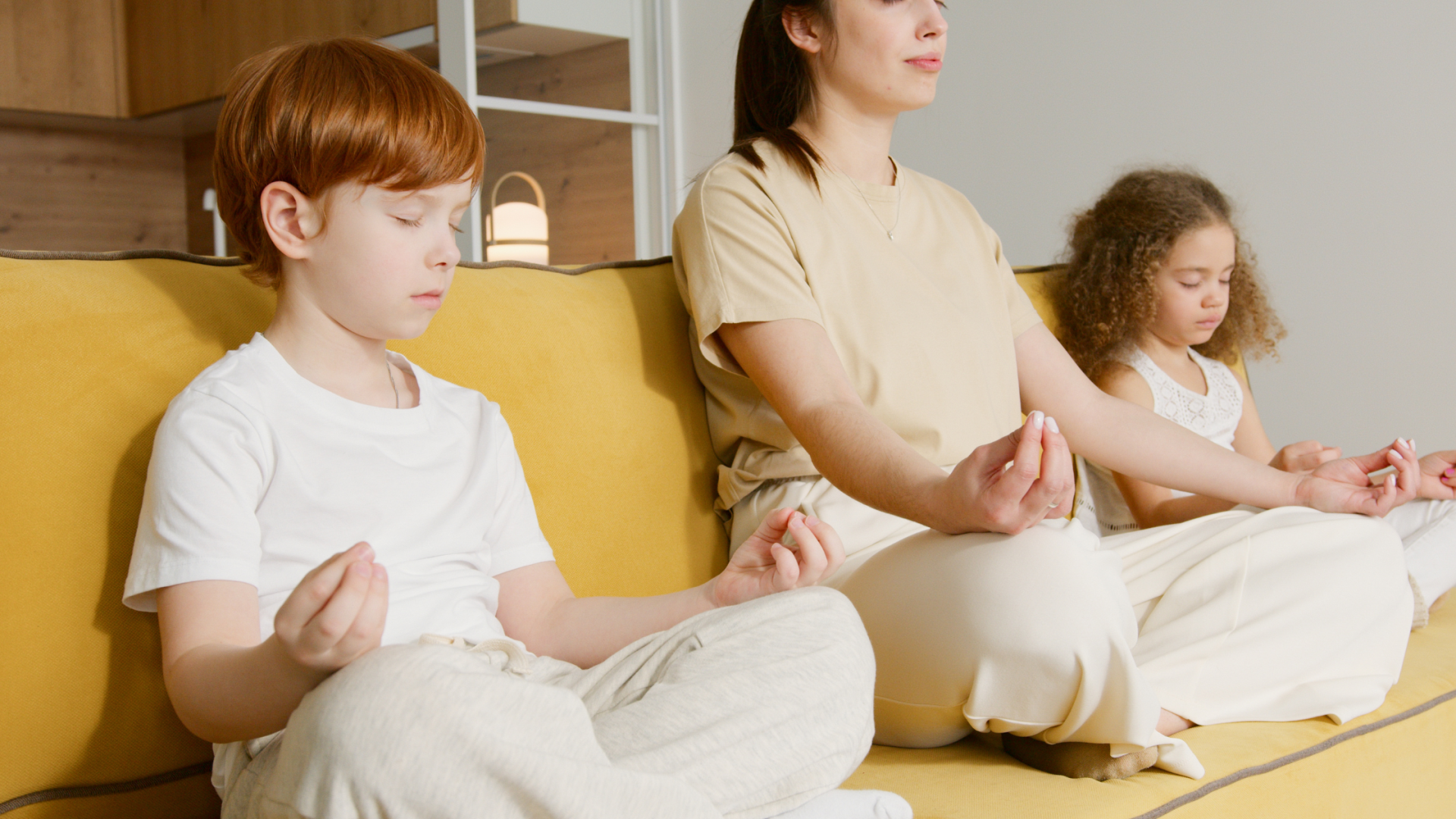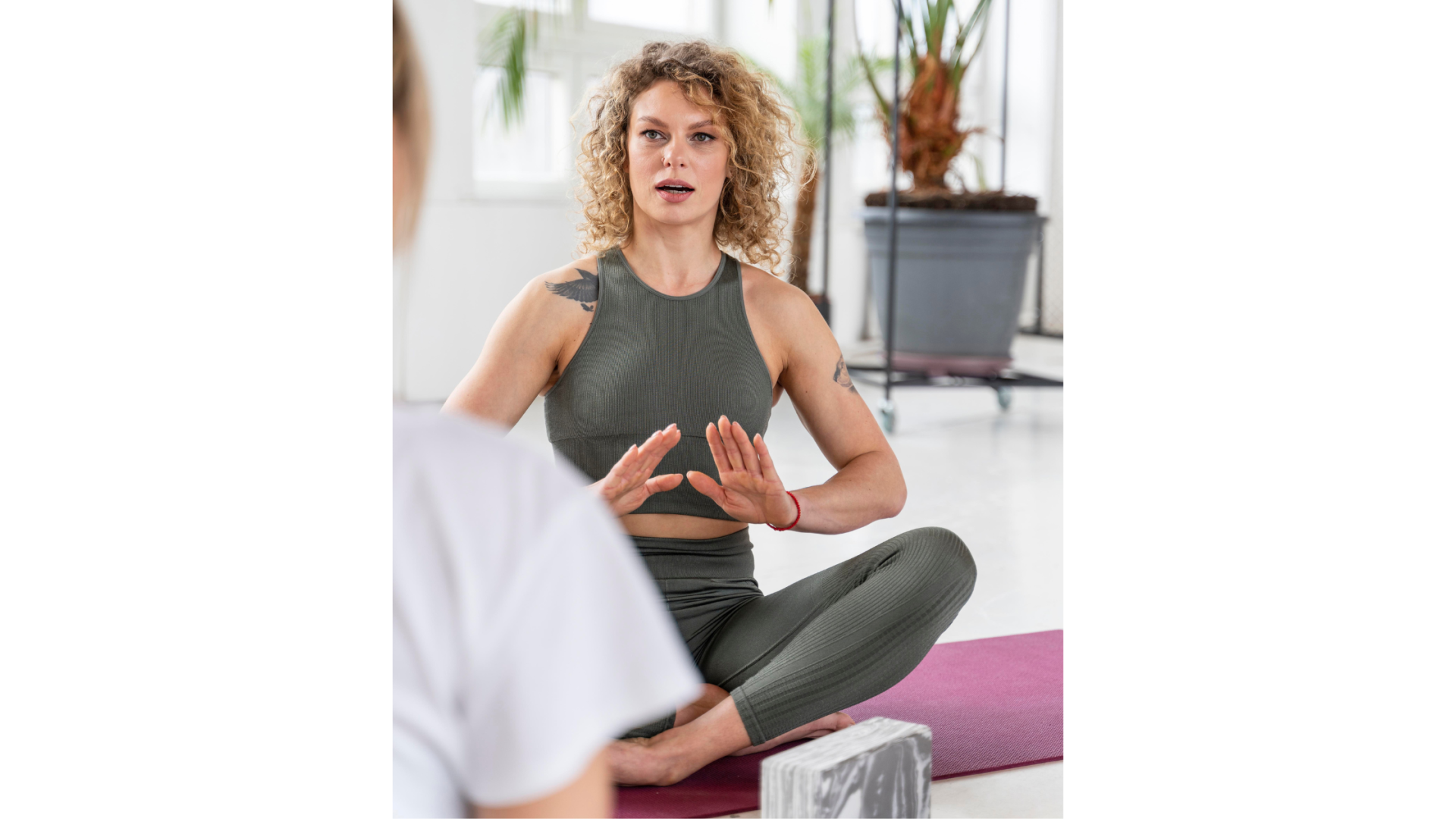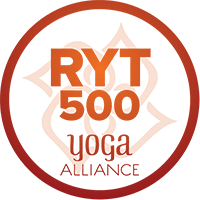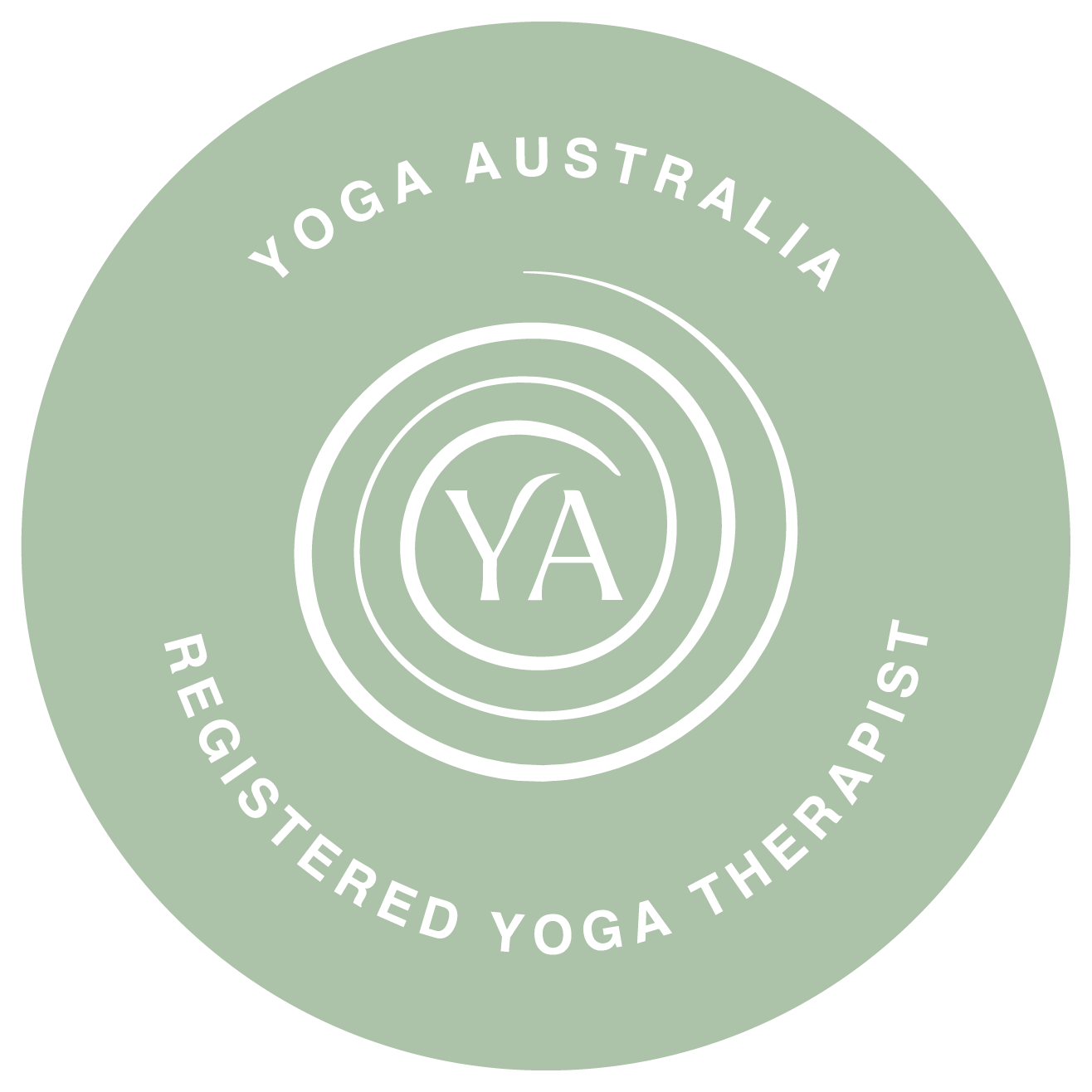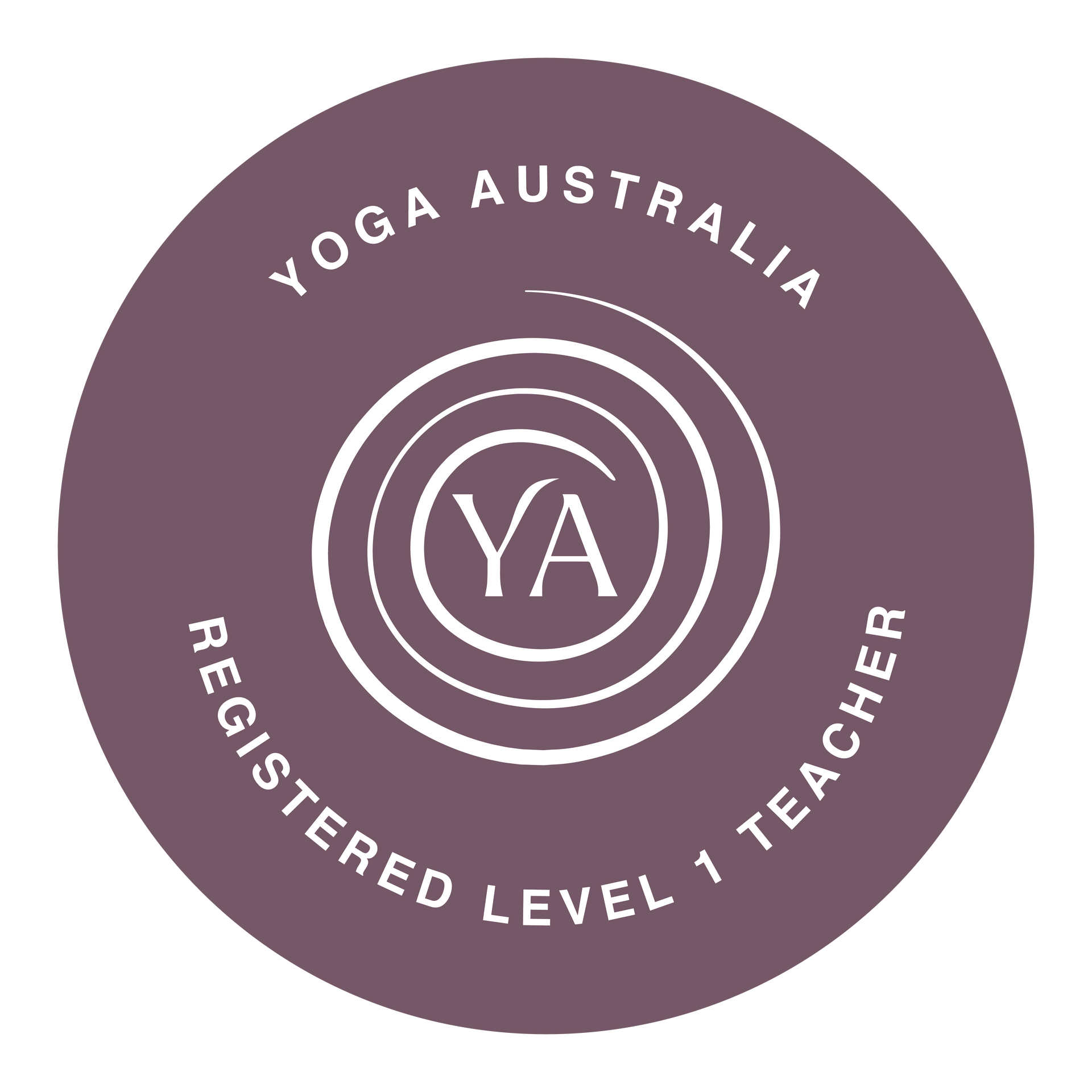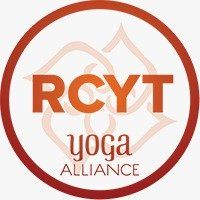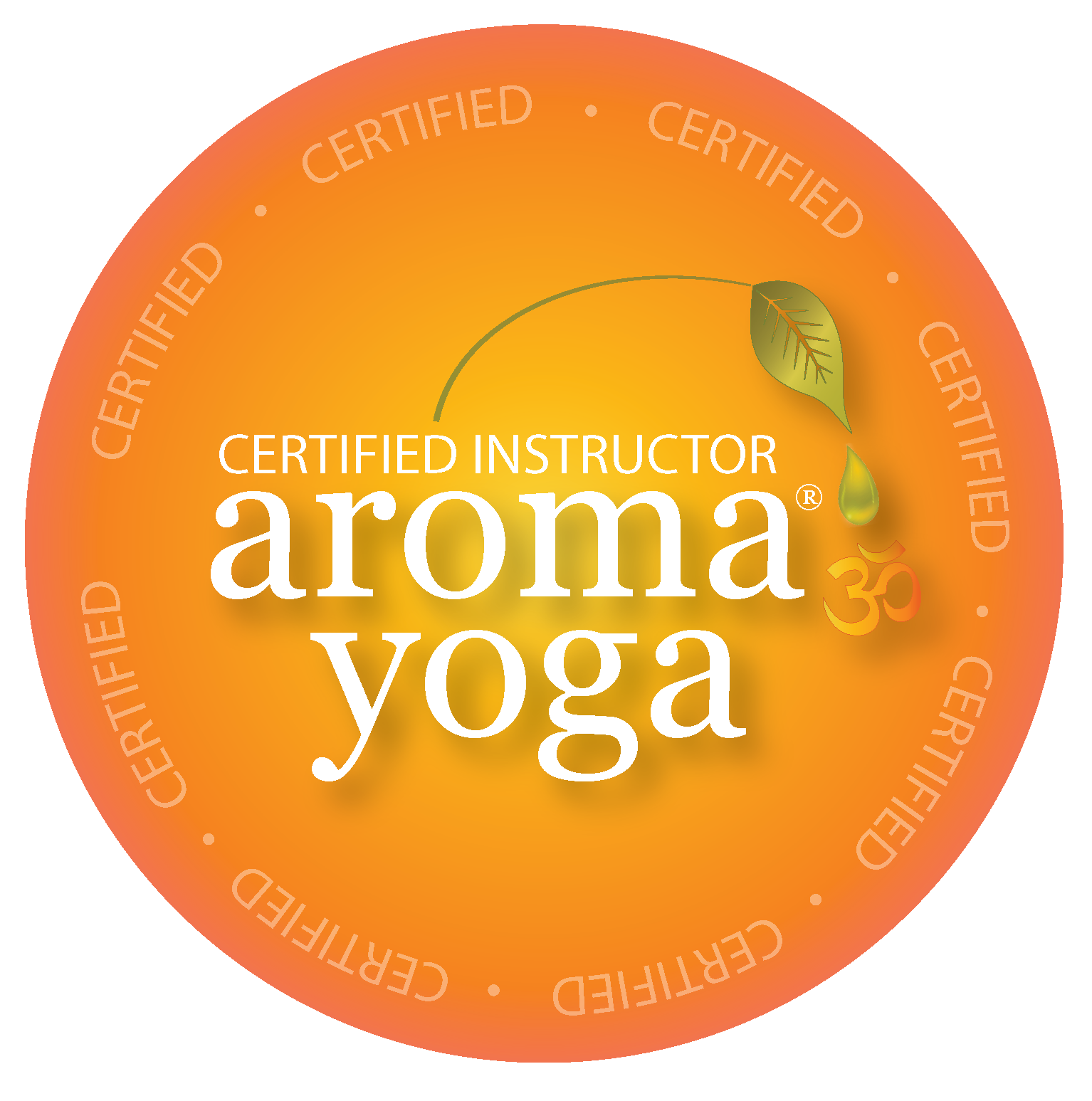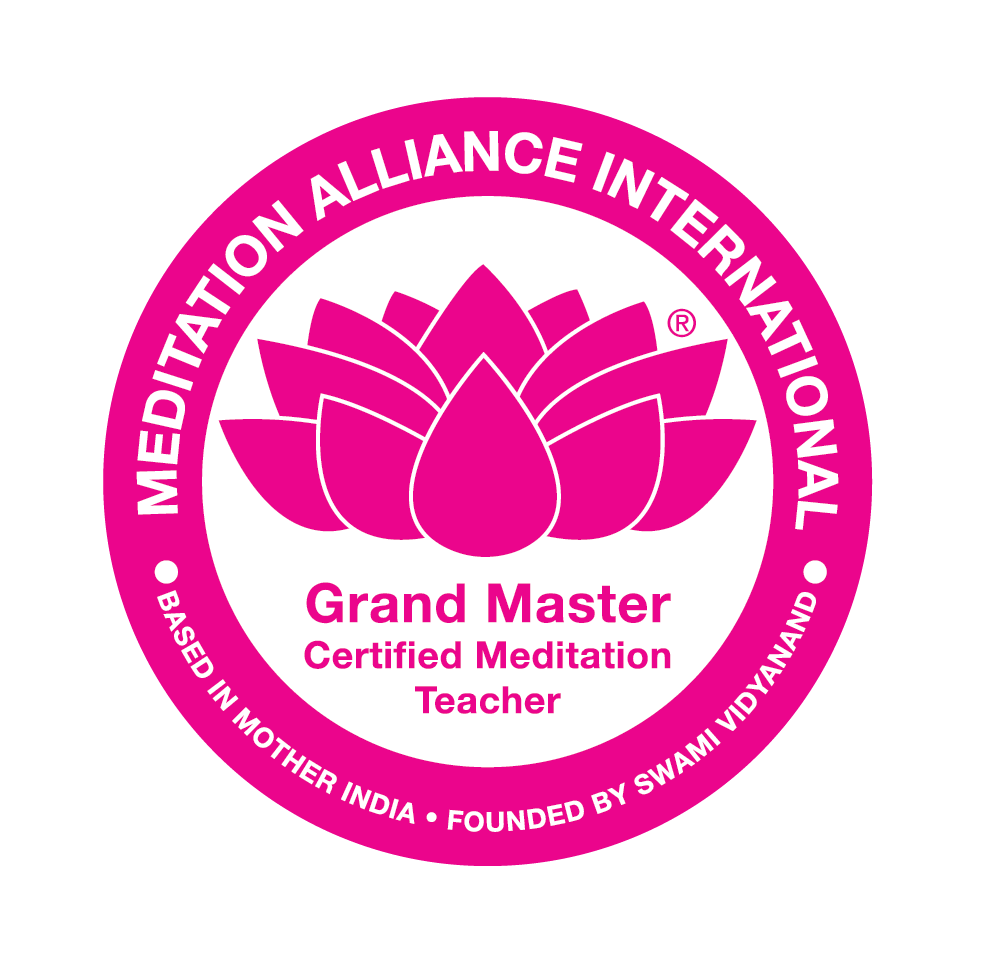What is Yin Yoga?
Yin Yoga is a slow-paced, gentle style of yoga that focuses on holding passive poses for an extended period, typically ranging from 3 to 5 minutes or even longer. The practice primarily targets the connective tissues, such as ligaments, tendons, and fascia, rather than the muscles. Find out more about yin yoga below.
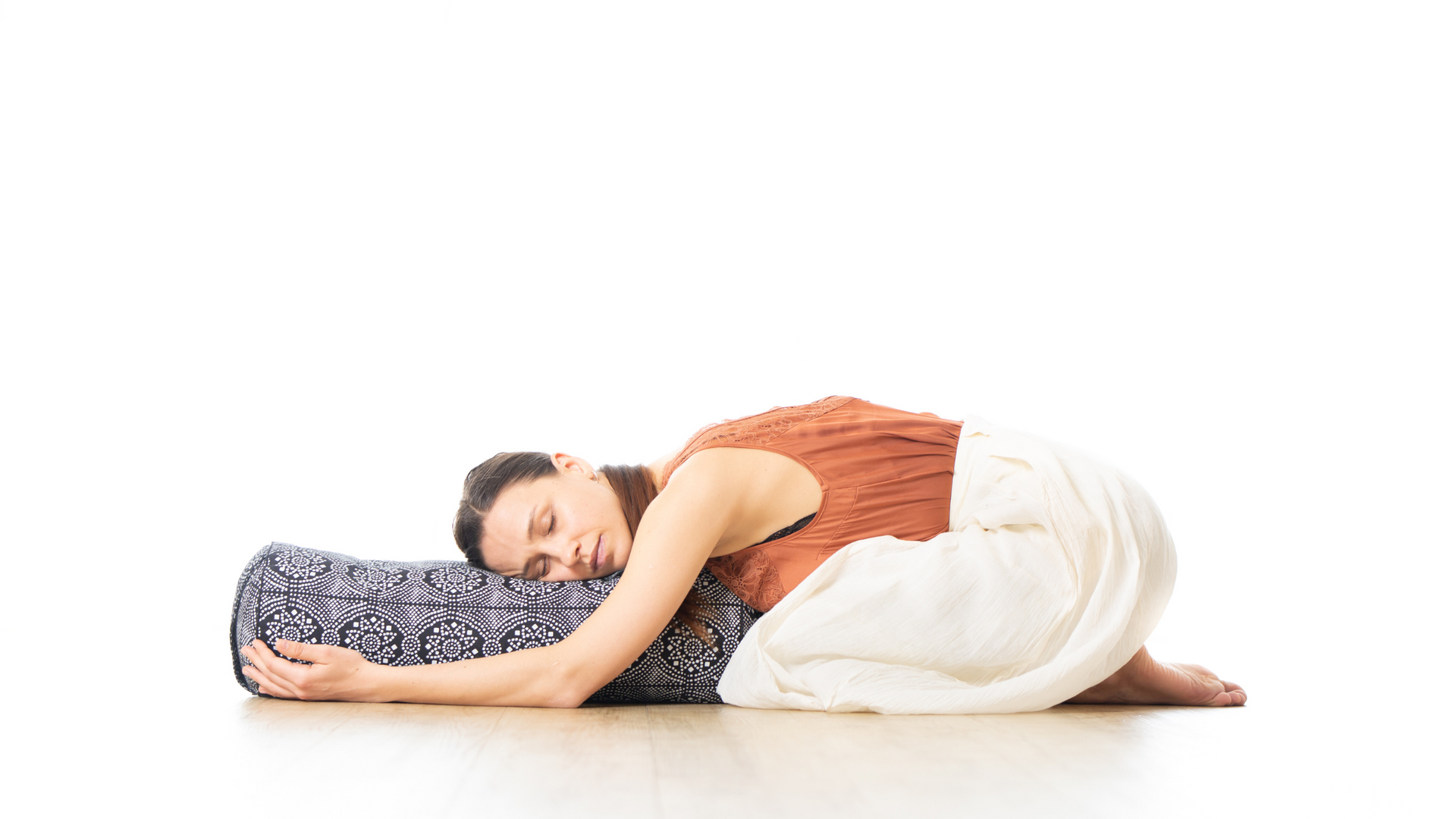
Yin Yoga and Traditional Chinese Medicine
Yin Yoga draws inspiration from the principles and philosophy of Traditional Chinese Medicine (TCM). The practice of Yin Yoga is based on the concept of Yin and Yang, which is fundamental to TCM's understanding of the natural world and the human body and follows a holistic approach.
Yin and Yang
In TCM, Yin and Yang represent complementary and interconnected aspects of life. Yin is associated with qualities like coolness, passivity, darkness, and stillness, while Yang is associated with qualities like warmth, activity, light, and movement. In the human body, Yin and Yang represent different types of tissues and energy.
Meridians and Organ Networks
TCM focuses on a network of energy channels called meridians or energy pathways through which Qi (vital energy) flows. These meridians are connected to various organs and correspond to specific physical and emotional functions. In Yin Yoga, certain poses are thought to stimulate and activate these meridians, promoting the flow of Qi and restoring balance in the body.
The Five Elements
TCM also incorporates the Five Elements Theory, which associates certain organs and emotions with five elements: Wood, Fire, Earth, Metal, and Water. Each element is linked to specific meridians and Yin organs (such as the liver, heart, spleen, lung, and kidney). Yin Yoga poses can be designed to target these organs and elements, supporting their optimal functioning.
Holding Asanas and Stillness:
Two of the key principles of Yin Yoga are becoming still (allowing the muscles to relax) and holding the asana for an extended period of time. Holding passive poses for an extended period (typically several minutes) is practiced to apply gentle stress to the connective tissues. This sustained pressure aims to stimulate the meridians and improve the flow of Qi, as well as to enhance the health of joints, ligaments, and tendons. Most of the poses in yin are done on the floor, with props such as blankets, bolsters and blocks to help support you in the pose.
Connective Tissue
Unlike more dynamic and muscularly focused forms of yoga, Yin Yoga emphasises the stretching and release of connective tissues, which are considered Yin in nature. These tissues require longer holds and a more relaxed approach to be effectively stretched.
Mindfulness and Meditation
Yin Yoga encourages practitioners to be present and mindful during the practice, promoting a deeper connection with the body, breath, and sensations. The long holds provide an opportunity for meditation and introspection.
Individualised Practice
Yin Yoga recognises that each person's body is unique, and individuals may have different proportions of Yin and Yang qualities. As a result, additional props and/or alternative postures will be offered to all of my students as needed, to adapt the practice to suit each individuals needs and limitations.
Benefits of Yin Yoga
Yin Yoga offers a range of benefits for both the body and mind. Some of the key benefits of Yin Yoga include:
- Increased Flexibility: Holding passive poses for a longer duration helps gently stretch and lengthen the connective tissues, leading to improved flexibility over time.
- Stress Relief: Yin Yoga encourages relaxation and mindful awareness, promoting a sense of calm and reducing stress and anxiety levels.
- Joint Health: The gentle traction applied to joints during Yin Yoga can help maintain and improve joint health, reducing stiffness and promoting better joint mobility.
- Enhanced Circulation: Yin Yoga can improve blood circulation, allowing nutrients and oxygen to reach the deeper layers of tissues and organs.
- Balancing Energy (Qi): According to traditional Chinese medicine, Yin Yoga helps to balance the flow of vital energy or "Qi" in the body, promoting overall well-being.
- Improved Organ Function: Specific Yin Yoga poses are associated with stimulating and supporting the function of various organs, promoting better organ health.
- Mindfulness and Meditation: The long holds in Yin Yoga encourage practitioners to focus on their breath and be present in the moment, promoting mindfulness and meditation.
- Emotional Release: Holding passive poses can sometimes release stored emotions and tension, offering a therapeutic effect and emotional healing.
- Better Sleep: Yin Yoga's calming nature and its ability to reduce stress can contribute to improved sleep quality.
- Complementary Practice: Yin Yoga complements more active forms of yoga and physical activities, providing a balance of dynamic and passive movement for a well-rounded practice.
- Increased Self-Awareness: The slower pace of Yin Yoga allows individuals to tune in and become more aware of their bodies, thoughts, and emotions.
- All-Levels Practice: Yin Yoga is accessible to people of various fitness levels and ages, making it suitable for beginners and experienced practitioners alike.
If you think Yin Yoga sounds like just what you need, book a session by using the Book Now button. I'd love to see you on the mat with me, experiencing this relaxing and calming form of yoga.
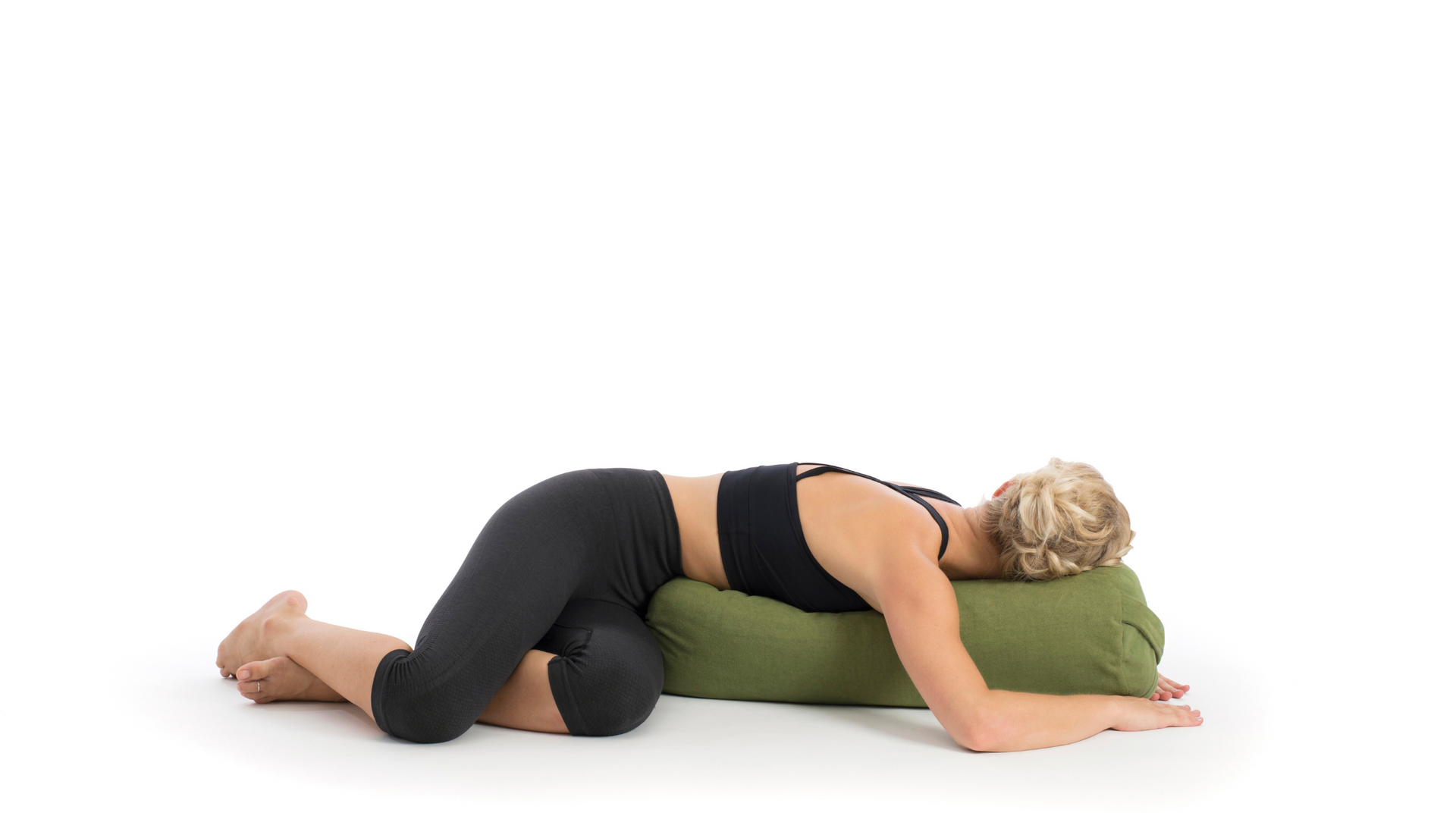
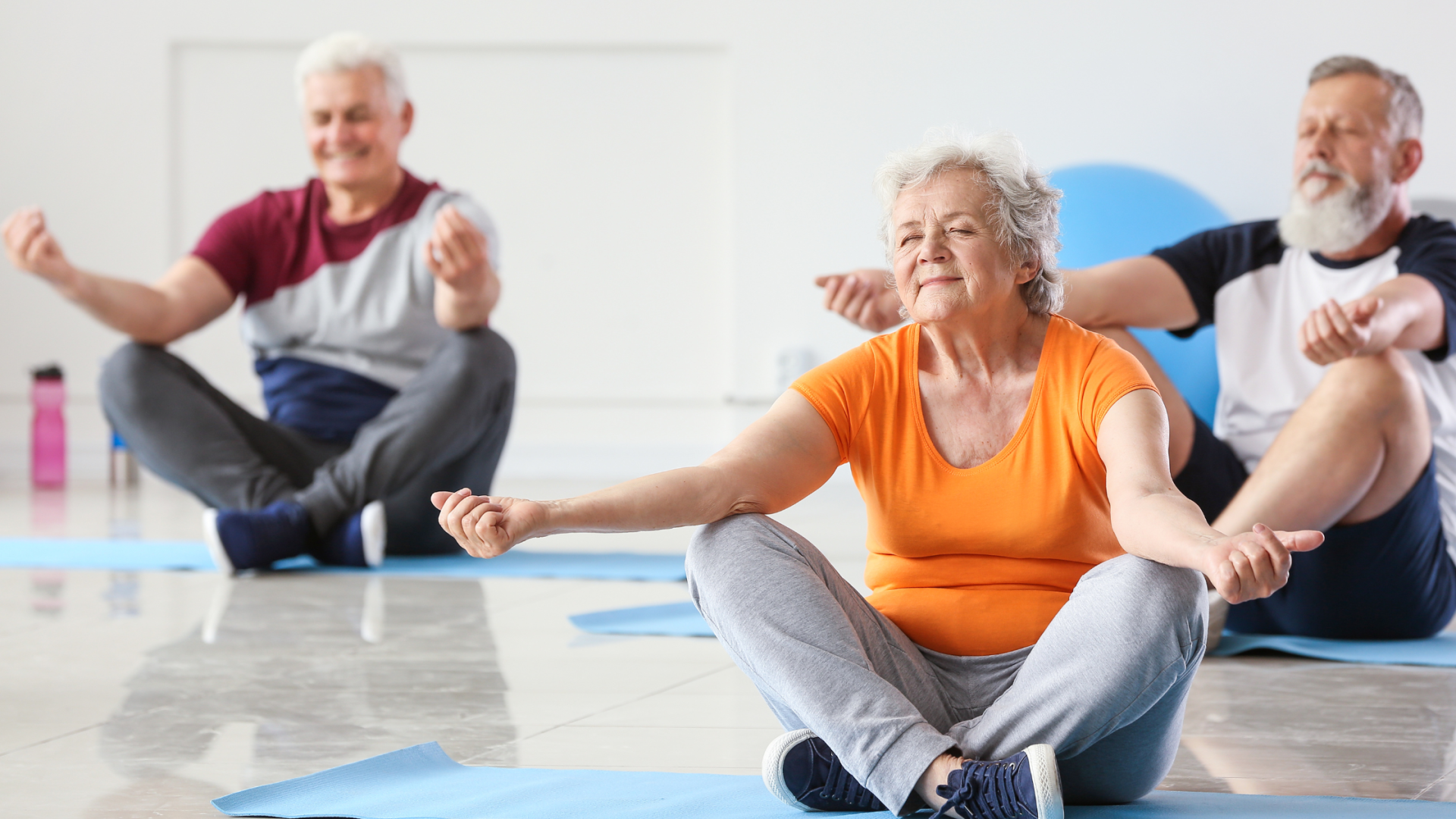
Join our mailing list for news and updates.

